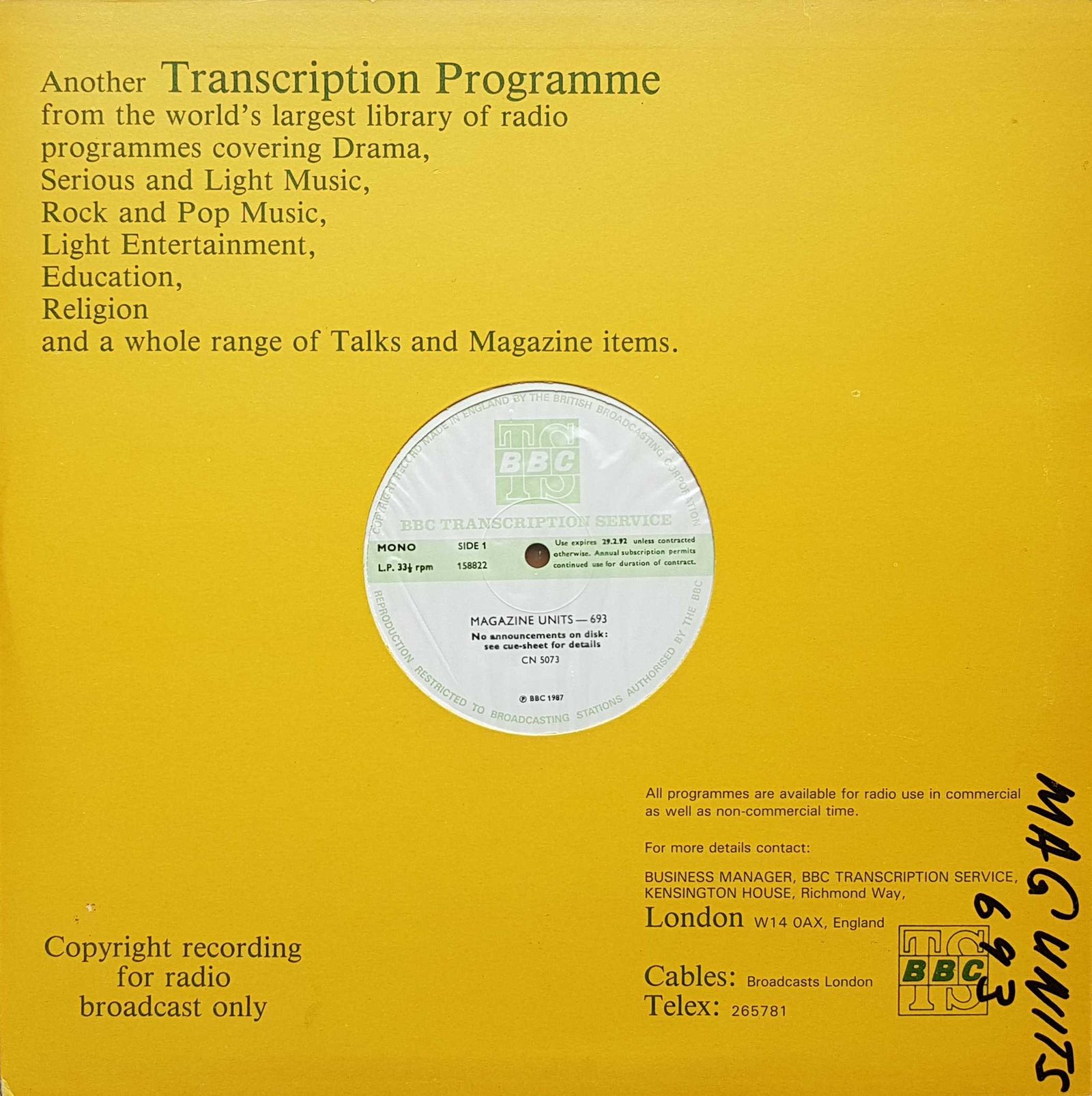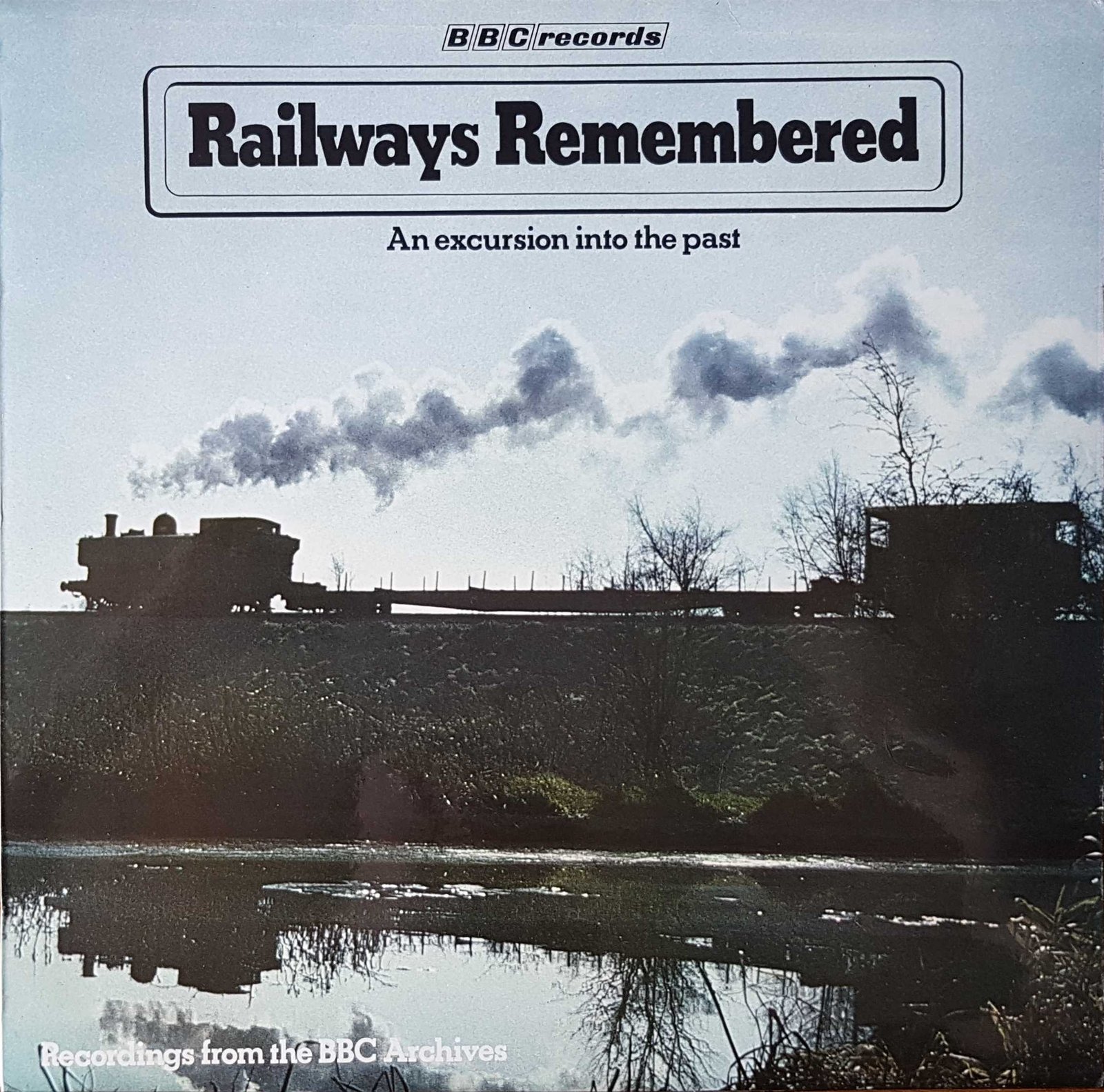The story of the Queen Liners began in the late Twenties, when the Cunard Company, which had been ferrying the Atlantic since 1840, decided that the Southampton - New York run demanded a weekly express service, operated by two very fast, very large vessels. RMS Queen Mary (81,327 tons) was launched in 1934, and made her maiden voyage in May, 1936. Her sister ship, RMS Queen Elizabeth (83,673 tons), was launched in September, 1938 - but by the time she was completwd war had already broken out in Europe. In 1940, the Queen ELizabeth, apinted a drab wartime grey, made a secret dash across the Atlantic, to join the Queen Mary in New York.
Stripped of their splendid fittings, the Queens became the largest, fastest troop transports in history. They carried a million and a half servicemen more than a million miles to battlefronts throughout the world, including a good proportion of the American Expeditionary Force, a division at a time, to Europe. Sir Winston Churchill said of them: "Vital decisions depended on their ability continuously to elude the enemy, and without their aid the day of final victory must unquestiomably have been postponed."
When peace finally came to Europe, the Queens were given the happier task of taking the American and Canadian soldiers home.
In March, 1946, the Queen Elizabeth arrived at her home port, Sounthampton, to be fitted out to take her place as the giant flagship of the Cunard Fleet, a floating Grand Hotel. She was six years old, and had already made sixty voyages, when she started off on October 16th, 1946, on her maidfen passenger voyage to New York. The Queen Mary joined her on the Transatlantic run nine months later; and the weekly express service, conceived twenty years earlier, was a reality at last. Over the years, the Queen Liners have become the most famous passenger ships in the world. Huge, fast and reliable, each has provided an elegant refuge from the cares of everyday life, offering every luxury and facility, every service and creature comfort, that civilised man has yet devised. Their names evoke a distinctive kind of glamour; and for the millions who have travelled in them, across the Agtlantic, or cruising in sunny climes, a special nostalga. Nothing quite like them will ever sail again.
Written byRobert Stannage
Produced byH. A. T. Rogers |
BBC Radio Enterprises Ltd and BBC Enterprises Ltd, predecessors of BBC Worldwide / BBC Worldwide Ltd., the BBC's commercial arm. Formed 1968 and 1979 respectively, they were a subsidiary wholly owned by the BBC and merged into BBC Worldwide in 1995. In that time, there were companies set up within or structured brands as part of the company to deal with separate parts of the business, e.g. BBC Records for recorded audio. Sometimes written as BBC Enterprise Ltd.
The items shown here are from the "main" BBC Records and Tapes library covering a wide secletion of genres from themes, comedy dramas and others, depending on which format you have selected. |
 BBC Radio Enterprises - RE 8
BBC Radio Enterprises - RE 8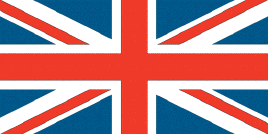
 BBC
BBC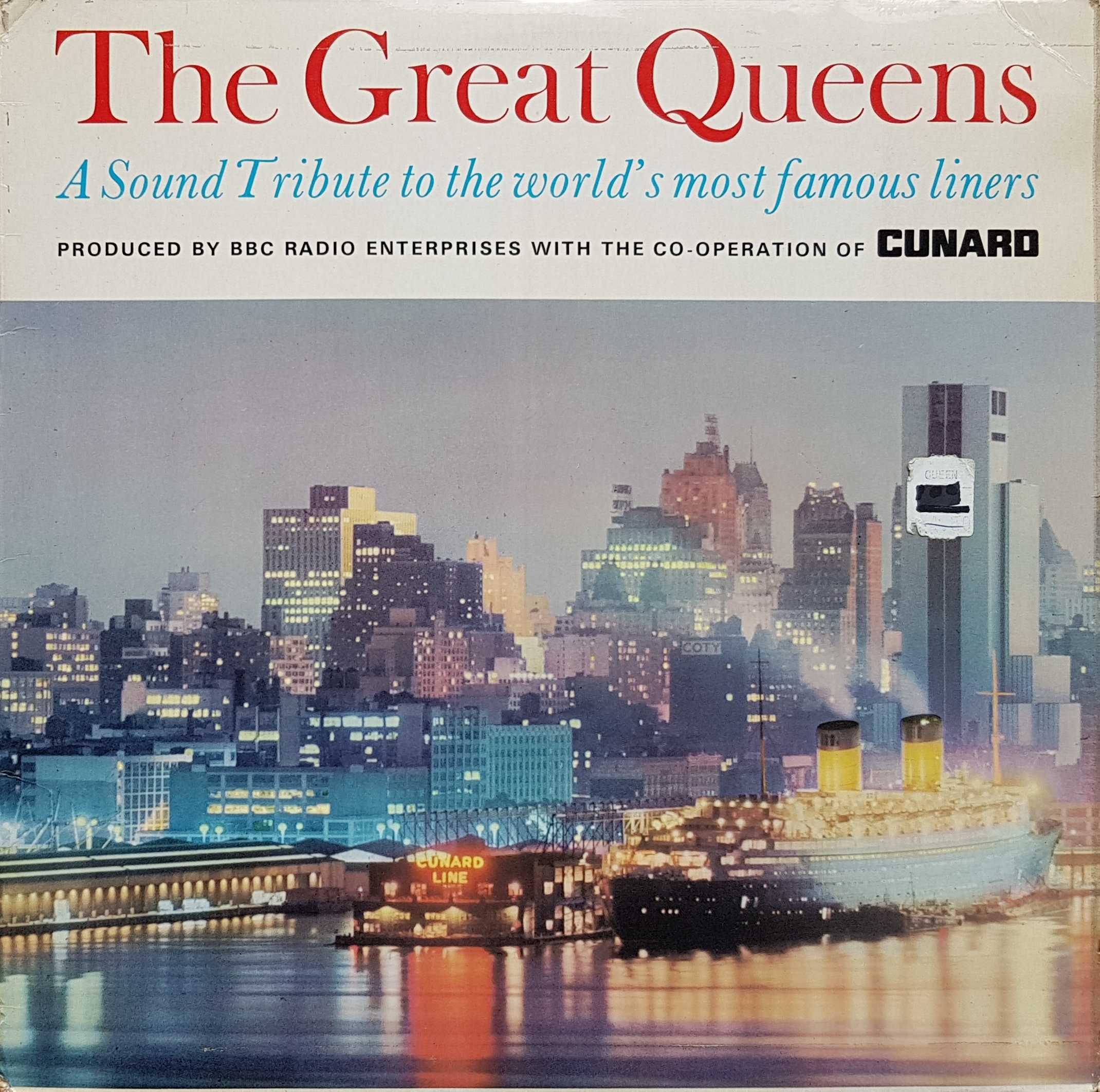
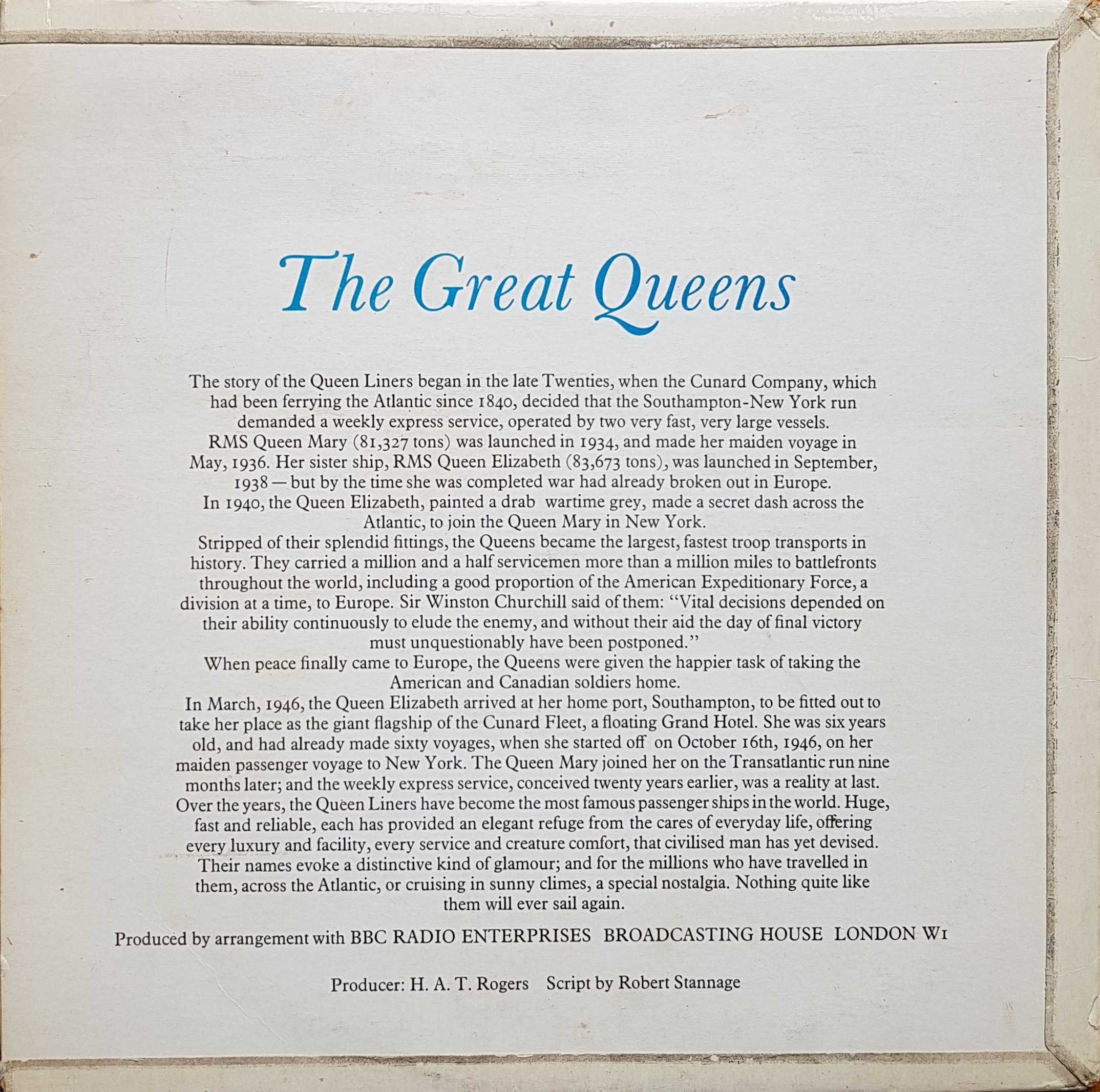
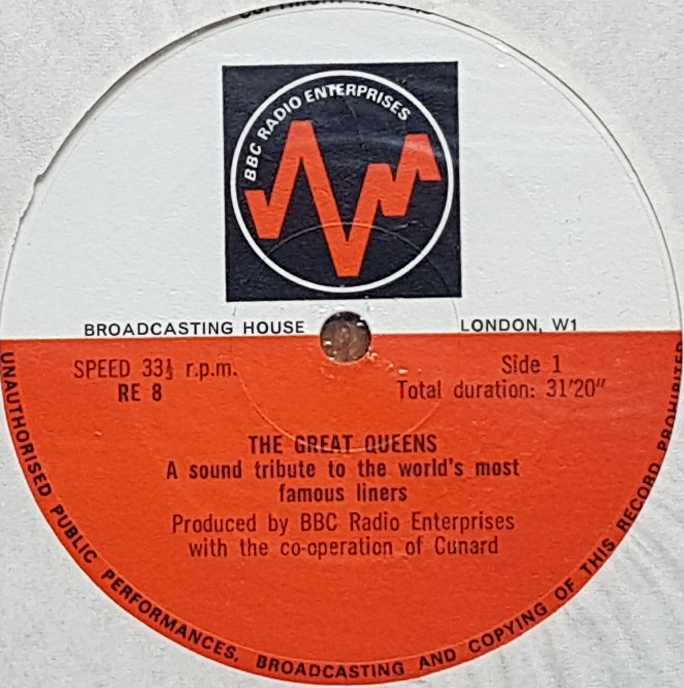
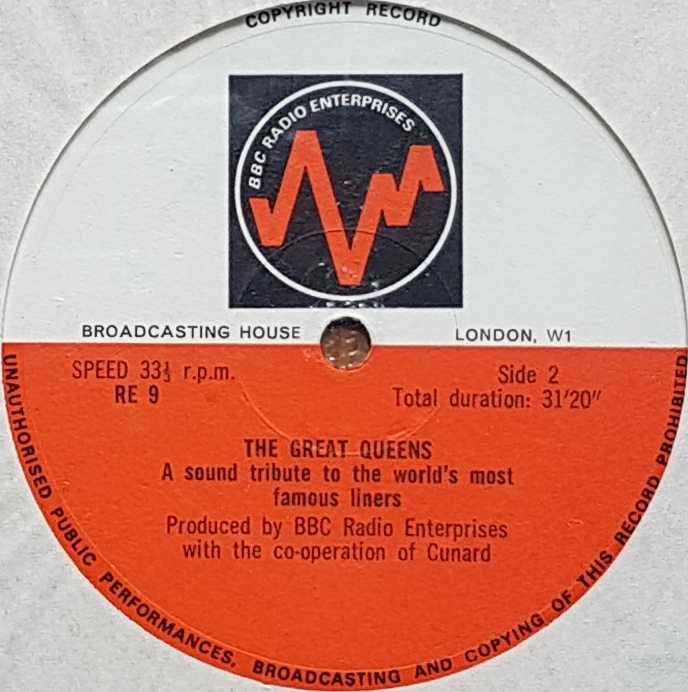
 Main menu
Main menu